Country of origin Sicily, Italy APA Mediterranean Egg production (annual) 180 Temperament Active Egg color White | Comb type Buttercup comb Primary use eggs Egg size Small Recognized variety Gold | |
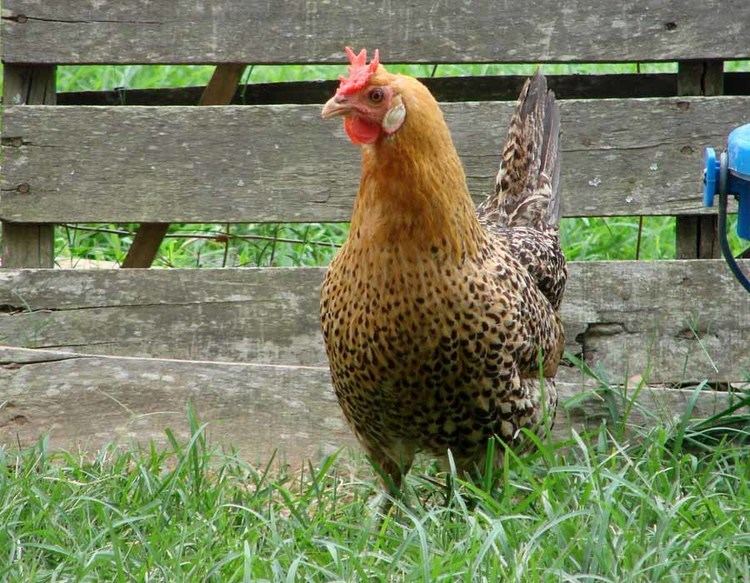 | ||
Conservation status Livestock Conservancy: threatened Weight Male: 2.95 kg
Female: 2.50 kg PCGB Rare soft feather: light Similar Ancona chicken, La Flèche chicken, White‑faced Black Spanish c, Campine, Lakenvelder | ||
Sicilian buttercup chicken breed breeder flock
The Sicilian Buttercup is a breed of domestic chicken originating from the island of Sicily. The breed was imported to the United States in the 19th century, and to Britain and Australia early in the 20th century. It derives from the indigenous Siciliana breed of Sicily, but long separation from the original stock has led to marked differences between the two.
Contents
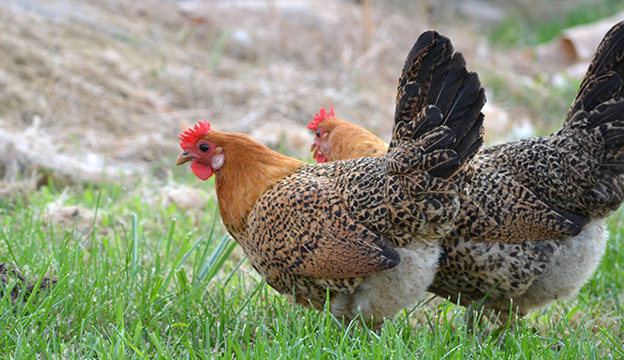
History
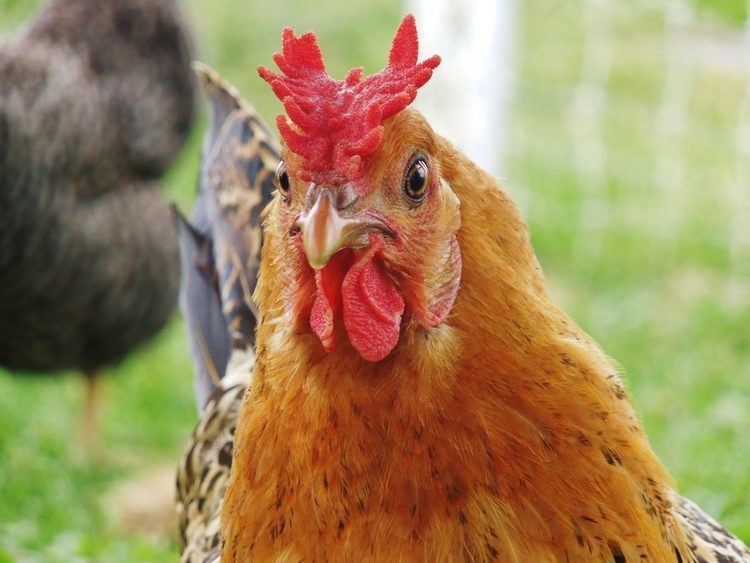
The Siciliana breed of Sicily appears to derive from ancient inter-breeding of local birds with North African stock such as the rose-combed Berbera breed:701 or the Tripolitana described by Tucci. These birds may have been similar to the "Gallus turcicus" described by Ulisse Aldrovandi in 1600. Similar chickens are depicted in 16th-century paintings in the Vatican Museums and the Galleria Borghese in Rome, and in Florence and Paris.
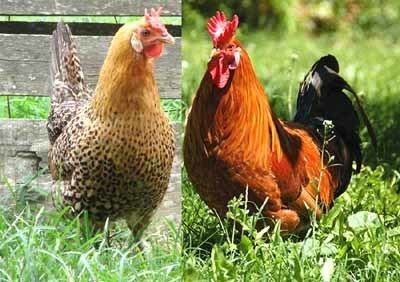
In about 1863:439 or 1877,:22 a certain Cephas Dawes of Dedham, Massachusetts, captain of the Frutiere, was loading oranges in Sicily and bought a number of chickens to provide meat on his homeward journey. Some of these continued to lay well during the voyage, and were kept for eggs instead. Some of them were later sold to one C. Carroll Loring, also of Dedham, who became the first breeder of what would become the Sicilian Buttercup.:439:22 All American Buttercups, however, descend from a later shipment of hatchlings, in 1892.
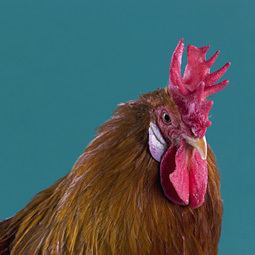
A breeders' association, the American Buttercup Club, was formed the United States in 1912, and by 1914 had 600 members; a similar association formed in Britain in 1913. The Sicilian Buttercup was included in the Standard of Perfection of the American Poultry Association in 1918. It is listed as "threatened" by the American Livestock Conservancy and is on the "Rare and Native Breeds" list of the British Rare Breeds Survival Trust.
